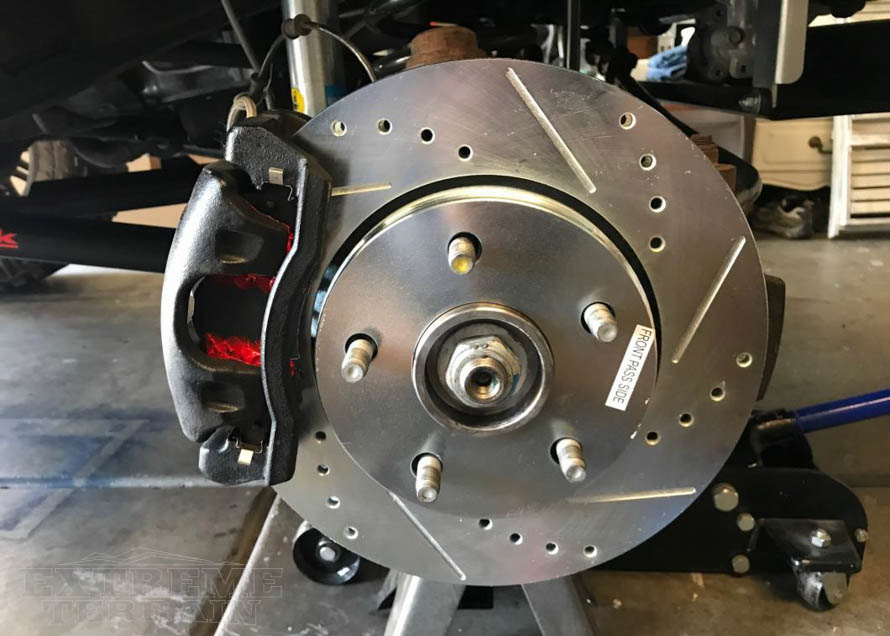Any vehicles’ braking system is a critical safety component that requires proper maintenance and attention, in order to avoid catastrophic problems. Wranglers are heavy vehicles, ranging in weight from 3,879 to 4,439 pounds. In addition to the factory weight, most Jeep owners upgrade the size of their tires to 33”, 35”, or 37”+. The increase in tire size introduces a tremendous amount of additional rotating mass. To properly control this increase in weight and rolling mass, upgrading your Wrangler’s brake system is probably a good move. In this information guide, we’ll discuss the major components of modern and older Wrangler’s braking systems, how they work, and how to upgrade them.
Contents
Shop Wrangler Brakes
The Jeep Wrangler is known for its durability and dependability on all kinds of terrain. With this kind of power, you need effective brakes to ensure safety at all times. If you hear any signs of squeaking, squealing, or grating from your vehicle that means you will need to inspect your Jeep and check if the brakes need replacing. Come take a look at the brake parts we have here.

